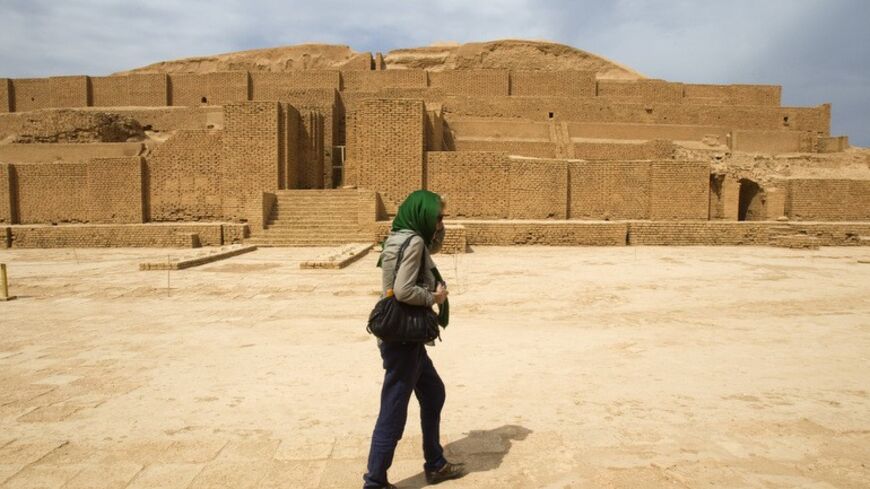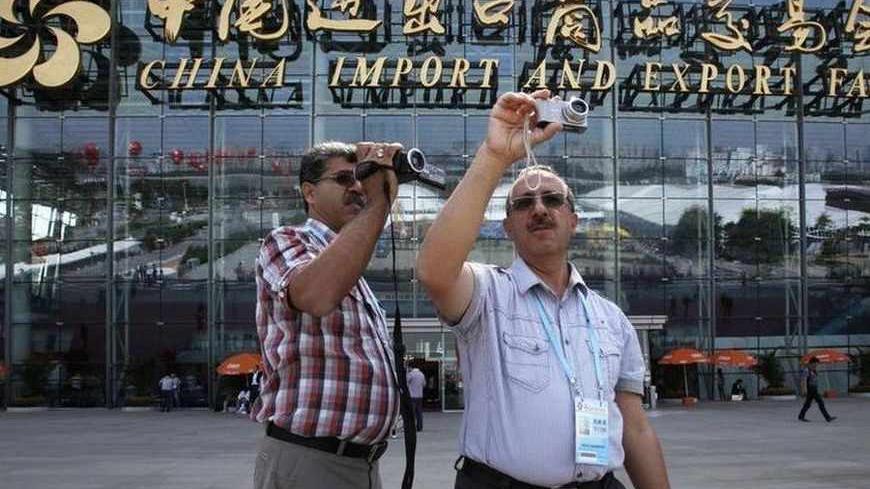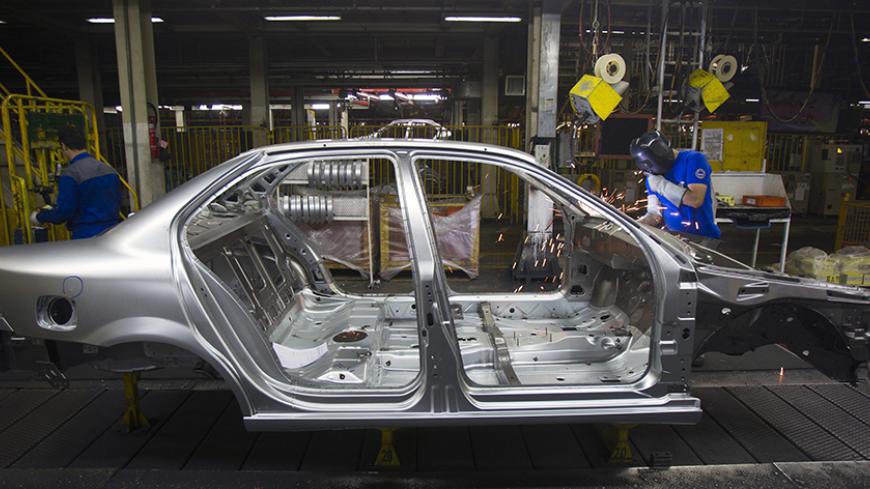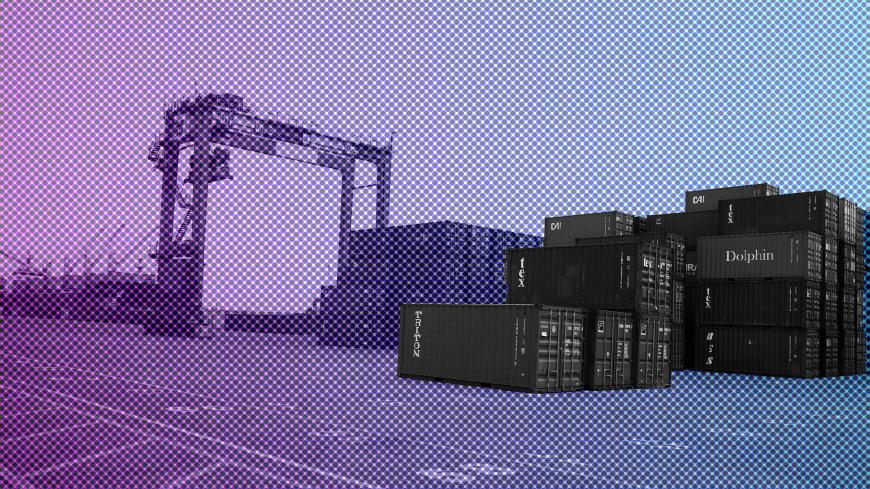What Iran’s first non-oil trade surplus means for its economy
Iran’s non-oil trade balance has turned positive for the first time in the history of the Islamic Republic of Iran, but is this good news?

TEHRAN, Iran — Iran’s non-oil balance of trade turned positive in the past Iranian year, which ended March 19. The $916 million trade surplus is the country’s first since its 1979 Islamic Revolution. On April 4, President Hassan Rouhani hailed it as an achievement that the country secured despite international sanctions as well as low oil prices.
“Last year, non-oil exports exceeded non-oil imports for the first time since the Islamic Revolution. Progress has been achieved through the support and participation of the people as well as their unity,” Rouhani said.








